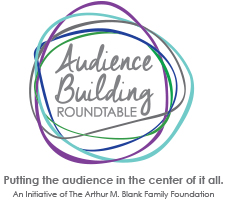By Scott Hazleton and Rebecca Danis, Atlanta Opera
One of the best things I’ve learned from The Arthur M. Blank Family Foundation’s Audience Building Roundtable is to stop trying to do everything. Have I been personally successful at implementing this lesson? Nope. Not even close. But, we have applied it to our social media strategy at The Atlanta Opera and seen wonderful results.
